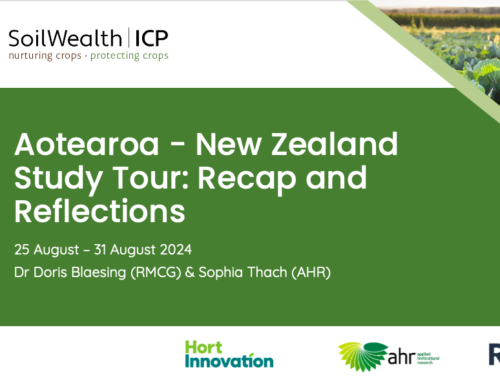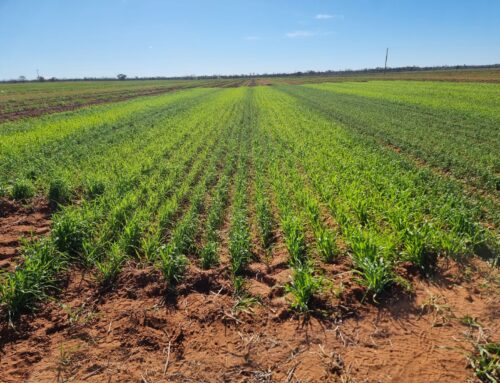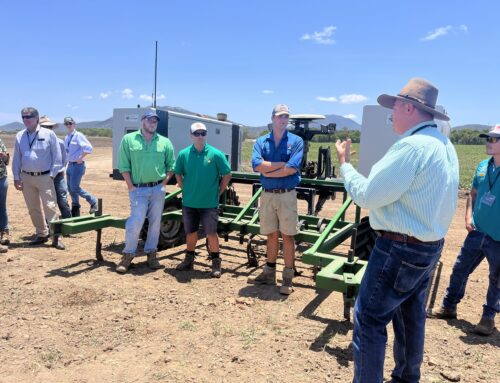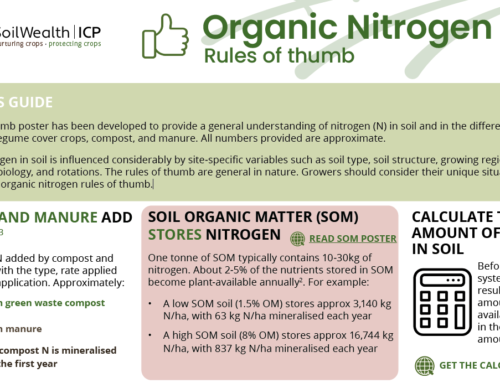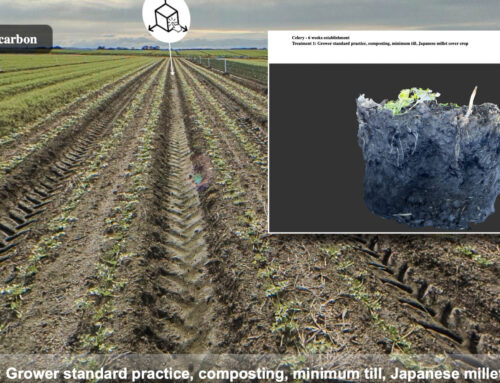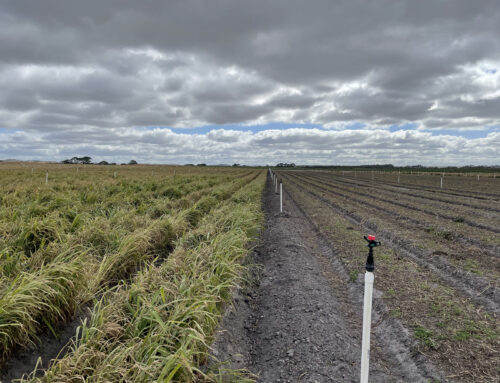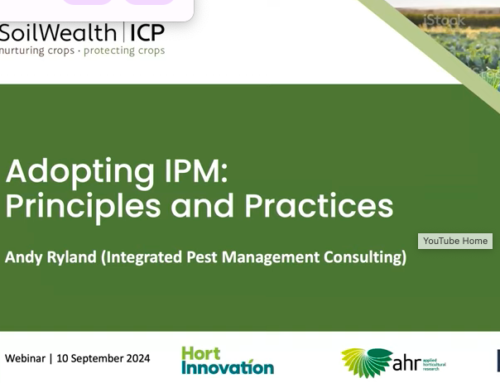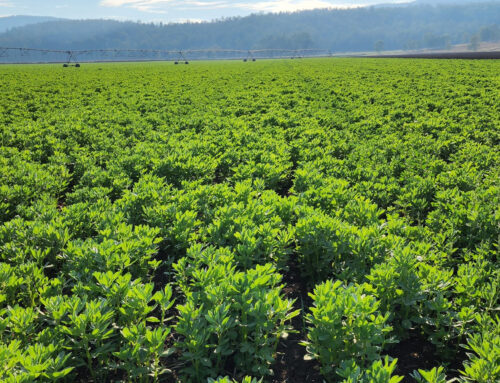Join Dr Kelvin Montagu (AHR) and Dr Shane Powell (University of Tasmania) for a webinar on the impacts of cover crops on soil biology where we consider the questions:
• How diverse are biological communities in vegetable soils?
• Do we see differences between sites (Tasmania to Queensland)?
• Do cover crops impact on the microbial communities?
• How do soil properties and management impact on the microbial community?
• What impact do biofumigants have on the soil microbial community?
Join our two presenters looking at the impact cover crops are having on soil biology using DNA sequencing technology. This allows us to look across soil bacteria, fungi and eukaryotes communities to see what changes occur in vegetable soil following cover crops.
Dr Shane Powell is a microbial ecologist primarily interested in microbial community dynamics and exploring how microbes interact with their environment. To do this, she uses a range of techniques from culturing to next generation sequencing.
Dr Kelvin Montagu leads the Optimising Cover Cropping project for the Australian vegetable industry (VG16068), and contributes to the popular masterclass on soil biology with Western Sydney University.
Kelvin will give a brief overview of how cover crops might influence soil microbial communities.
Shane will then outline what has been learnt from the four sites that have been studied, including answering questions such as:
How diverse are biological communities in vegetable soil?
Do we see differences between sites (Tasmania to Queensland)?
Do cover crops impact on the microbial communities?
How might other soil properties and management practices impact on the microbial community?
What impact do biofumigants have on the soil microbial community?
This will be followed by a Q&A on what this means for the management of soil biology in vegetable soils.
This webinar is part of VG16068 optimising cover crops.
This project has been funded by Hort Innovation using the vegetable research and development levy and contributions from the Australian Government.
This project is supported by Applied Horticultural Research, through funding from the Australian Government’s National Landcare Program.


